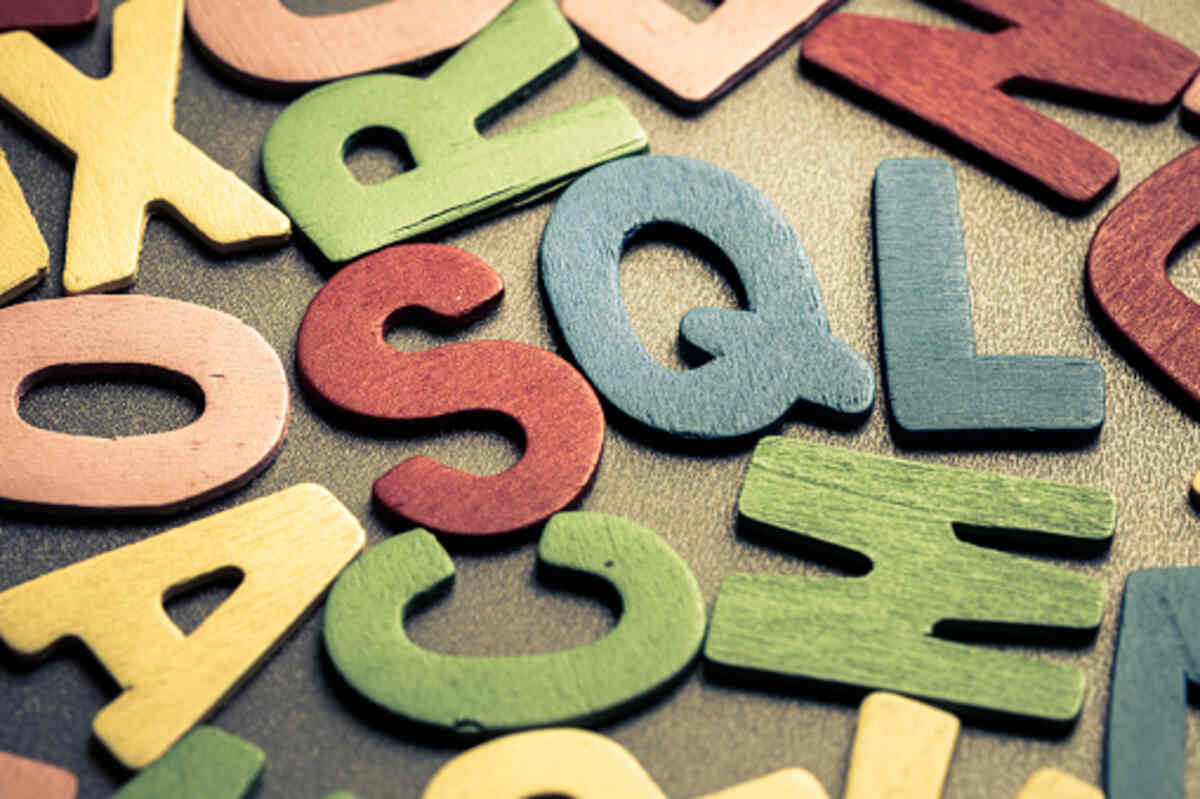A SQL tutorial is helpful for learning how to use SQL in your database. It covers most of the essential topics that you will need for a basic understanding of the language. These topics include Tables, Triggers, ORDER BY clauses, and more. Here are some of the things you’ll learn in this tutorial:
Simple SQL statements
Beginners can use these commands to filter data with multiple conditions. For instance, they can find records of students with the first name ‘John’ and ages more than ten. They can also verify that values in columns are the same. Then, they can select records to be modified. The INSERT INTO command is another tool for data filtering.
SQL is a standard language used for querying relational databases. Basic SQL statements allow you to get data from a database by specifying the columns you want to retrieve. The SELECT statement can select one or more tables, or it can choose only specific columns. For example, you can use SELECT * FROM Artists to select all the columns in a table. You can also create new rows by using an INSERT statement.
Tables
Before you create a table in SQL, you must understand what data you need to store. A table is a collection of data organized into rows and columns. When creating a table, you use the CREATE TABLE statement. It contains the name of the table, a unique identifier, and a list of columns. You also specify which columns will be the primary key.
A table is an organized collection of data stored in a database. Each row represents a single data item, and each column contains specific information. For example, a table could have information about employees, a row for each employee, and columns for the employees’ names, addresses, and other information.
Triggers
SQL triggers are functions in SQL that fire whenever a table, view, or other data changes. In contrast to stored procedures, SQL triggers do not require user interaction and maintain data integrity by automatically updating the associated tables and views. Triggers can also create system logs and notify users when database changes occur.
Triggers are useful for solving many common database issues. In addition to solving these problems, they are simpler to maintain than stored procedures. However, you will still need to update the trigger program when you change business policies.
ORDER BY clauses
ORDER BY clauses is used to sort the records in a database. The syntax of ORDER BY clauses varies depending on the column being used. The first part of the ORDER BY clause is a default; this means that it will sort the results in ascending order. The second part of the ORDER BY clause will sort the results in descending order.
ORDER BY clause expressions is usually columns, although they can be calculations or column ordinals. The words need not be the same as those used in the query output. An ORDER BY clause may contain an unlimited number of expressions. For instance, an expression can be a column alias or a number or refer to a column location.
Comments in SQL statements
When writing SQL statements, you may often need to insert line comments. A SQL comment is a short line of code containing text not part of the SQL statement itself. The syntax is simple and allows you to include one or more lines of text. A SQL comment begins with the */ character and ends with the /* character.
Unlike standard text, comments aren’t required to be multi-line. However, depending on your database software, a single line of text can contain multiple words. The single-line syntax uses the ‘-‘ prefix, while multi-line comments use ‘/*’.

